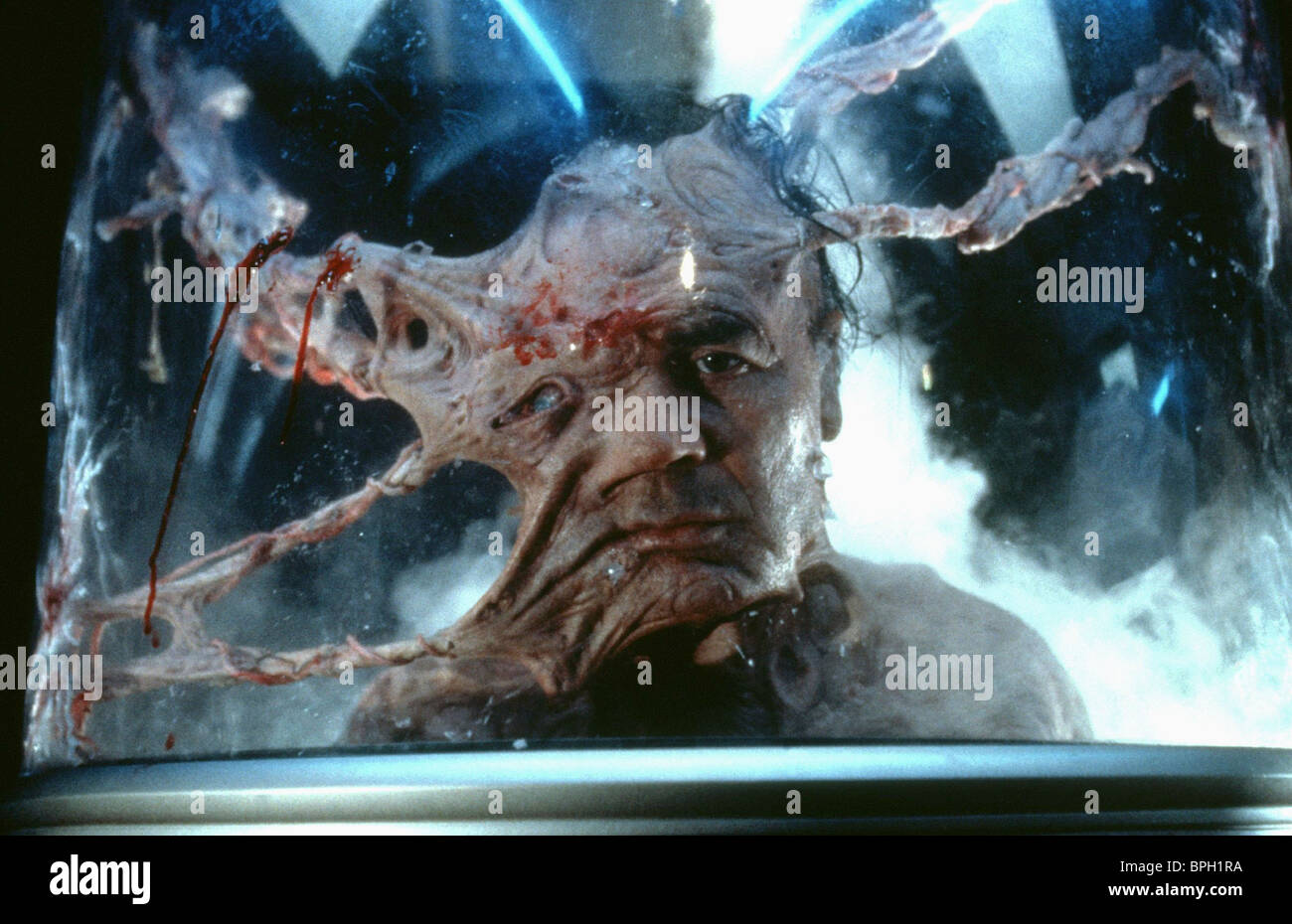
IAU Supernovae on the Transient Name Server (TNS).List of all known supernovae at The Open Supernova Catalog.Switzerland: Springer International Publishing. Richard Stephenson, Astrophysics and Space Science Proceedings. New Insights From Recent Studies in Historical Astronomy: Following in the Footsteps of F. Historical Supernova Explosions in Our Galaxy and Their Remnants. ^ 'Supernova impostor explodes for real'.'Confirmation of Hostless Type Ia Supernovae Using Hubble Space Telescope Imaging'. ^ Science Daily, 'Superbright Supernova Is First of Its Kind', 5 December 2009 (accessed ).'Rapid supernova could be new class of exploding star'. Photometric results from the first observing season'. ^ 'Astronomers Peg Brightness of History's Brightest Star' (Press release).'The SN 1006 Remnant: Optical Proper Motions, Deep Imaging, Distance, and Brightness at Maximum'. ^ National Radio Astronomy Observatory (NRAO).'The Guest Star of AD185 Must Have Been a Supernova'. 'Identification of the Guest Star of AD 185 as a comet rather than a supernova'. ^ 'New evidence links stellar remains to oldest recorded supernova' Chandra X-ray Observatory, released, revised, retrieved.'Magnetic field amplification in Tycho and other shell-type supernova remnants'. ^ Modern estimates vary widely see SN 185 for more detail.One of the very few extragalactic supernovae visible in 50mm binoculars.Ĭlosest supernova since SN 2004dj in NGC 2403. ĭiscovered by 10-year-old girl, the youngest person to discover a supernova. In September 2012 classified as a young type IIn supernova. Redesignated as Luminous blue variable (LBV)Supernova impostor. Supernova associated with a globular cluster įirst supernova to be observed while it exploded.Īnonymous red globular cluster associated with anonymous red elliptical galaxy in cluster Abell 399 The precursor is estimated at 200 solar masses, similar to the first stars of the early universe. *with a peak of over 70 days, possibly a new type.Įxtremely bright and long-lasting, the first good observational match for the pair-instability supernova model postulated for stars of initial mass greater than 140 solar masses (even better than SN 2006gy). Notable for having characteristics of both Type Ia and Type IIn. NGC 2403 is an outlying member of the M81 GroupĪnnounced in 2007 to be the brightest supernova up to that point. Linked to GRB 980425, which was the first time a gamma-ray burst has been linked to a supernova. One of the brightest supernovae in the northern sky since 1954 Notable for archival photos of progenitor star and detection of supernova neutrinos. Intense radiation reached Earth on February 23, 1987, 7:35:35 UT. 'Posthumously' discovered in 1985 age determined in 2008įirst observation of an extragalactic supernovaįollowed for more than a year became the prototypical Type Ia supernova Kepler's Star most recent readily visible supernova within the Milky WayĪpparently never visually conspicuous, due to interstellar dust but the remnant, Cas A, is the brightest extrasolar radio source in the sky Remnant is the Crab Nebula with its pulsar (neutron star) Widely observed on Earth in apparent magnitude, the brightest stellar event in recorded history. Some researchers have suggested it was a comet, not a supernova.

The remnant is probably RCW 86, some 8200 ly distant, making it comparable to SN 1572. Surviving description sketchy modern estimates of maximum apparent magnitude vary from +4 to −8.


In most entries, the year when the supernova was seen is part of the designation (1st column).


 0 kommentar(er)
0 kommentar(er)
